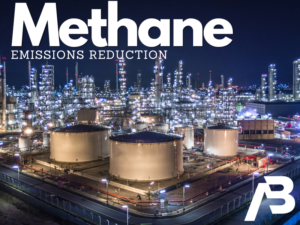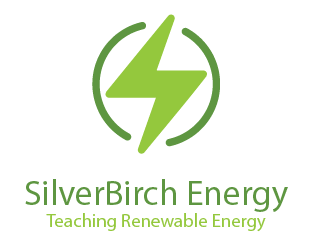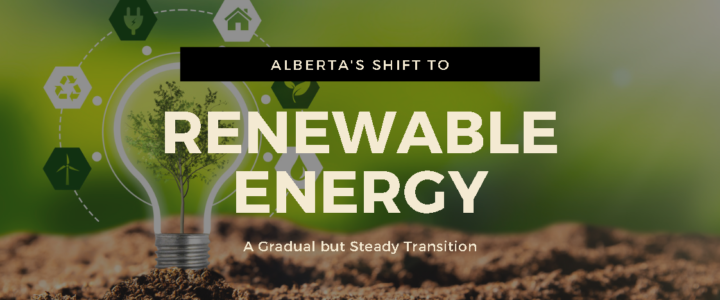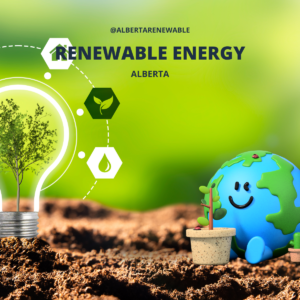Fugitive emissions, often referred to as “silent pollutants,” are unintended gas or vapor releases from industrial activities. In the Canadian oil and gas sector, these emissions primarily consist of methane, a potent greenhouse gas with a global warming potential many times greater than carbon dioxide. Addressing fugitive emissions is not only crucial for environmental protection but also for the industry’s economic sustainability, as these emissions represent lost product.
Understanding the Sources
Fugitive emissions in the oil and gas sector can arise from various sources, including:
- Equipment leaks from valves, pumps, and connectors.
- Tank venting.
- Evaporation losses.
- Accidental releases during maintenance or malfunctions.
The challenge lies in detecting and quantifying these emissions, given their dispersed nature and the vast infrastructure of the oil and gas industry. Traditional methods, such as “sniffer” devices, can be time-consuming and may not capture the full extent of emissions, especially in remote or inaccessible areas1.
 Regulatory Landscape in Canada
Regulatory Landscape in Canada
Canada has been proactive in addressing fugitive emissions, especially methane. The Multi-Sector Air Pollutants Regulations (MSAPR) is a testament to Canada’s commitment to reducing pollutants from various industrial sectors, including oil and gas2. Additionally, specific regulations target methane emissions from the upstream oil and gas sector, emphasizing the need to improve the quantification of fugitive methane emissions3.
Challenges in Managing Fugitive Emissions
- Detection and Quantification: Traditional methods may not be effective in capturing the full scope of emissions, especially in vast and remote areas.
- Economic Implications: Fugitive emissions represent lost product, impacting the industry’s profitability.
- Regulatory Compliance: With stringent regulations in place, non-compliance can result in hefty penalties for companies.
Innovative Solutions from Intricate Group
The Intricate Group, a leading service provider in the Canadian oil and gas sector, offers comprehensive solutions to address fugitive emissions. Their Emissions Consulting Services provide industry players with the tools and expertise needed to detect, quantify, and manage these emissions effectively.
- Advanced Detection: Utilizing state-of-the-art technology, Intricate Group can detect emissions even in the most challenging environments.
- Data Analytics: By harnessing the power of data, they provide actionable insights to companies, enabling them to address emission sources proactively.
- Regulatory Compliance: Intricate Group’s deep understanding of the regulatory landscape ensures that companies remain compliant, avoiding potential penalties.
The Way Forward
Addressing fugitive emissions is not just an environmental imperative but also an economic one. By leveraging advanced technologies and expertise, the Canadian oil and gas sector can effectively manage these emissions, ensuring a sustainable and profitable future. As the industry continues to evolve, collaboration between service providers, regulators, and operators will be crucial in achieving a low-emission future.
External References:
Note: This article is for informational purposes only and reflects the author’s understanding and interpretation of the subject matter. Always consult with industry experts and professionals for specific advice and information.


 In addition to large-scale projects, Alberta has seen a surge in private investors and microbusinesses in renewable energy. The community of Raymond, dubbed the “Solar Capital of Canada,” has adopted solar power and installed over 1,300 solar panels on public and private buildings. This move has helped to reduce the town’s carbon footprint and cut energy costs for citizens.
In addition to large-scale projects, Alberta has seen a surge in private investors and microbusinesses in renewable energy. The community of Raymond, dubbed the “Solar Capital of Canada,” has adopted solar power and installed over 1,300 solar panels on public and private buildings. This move has helped to reduce the town’s carbon footprint and cut energy costs for citizens.